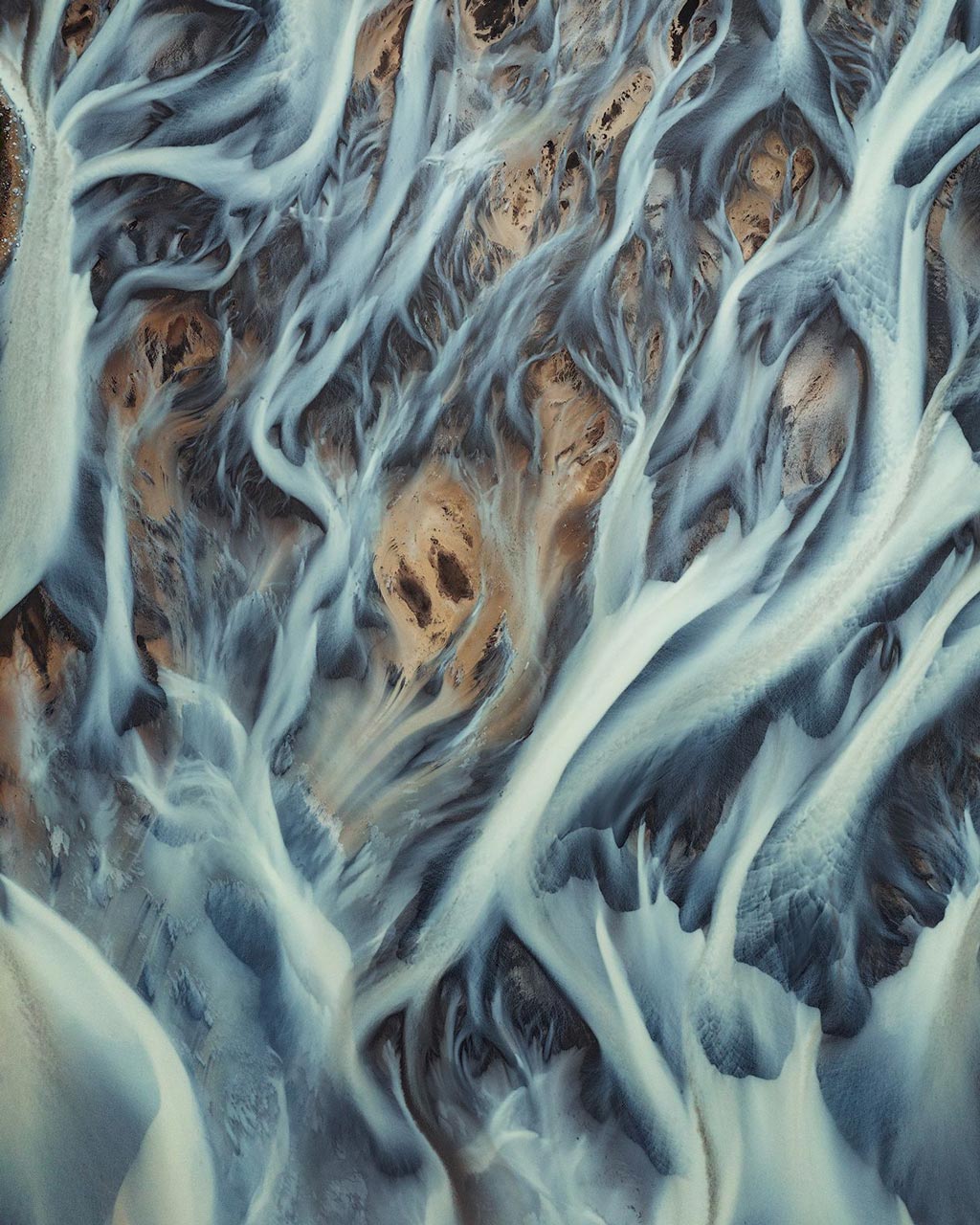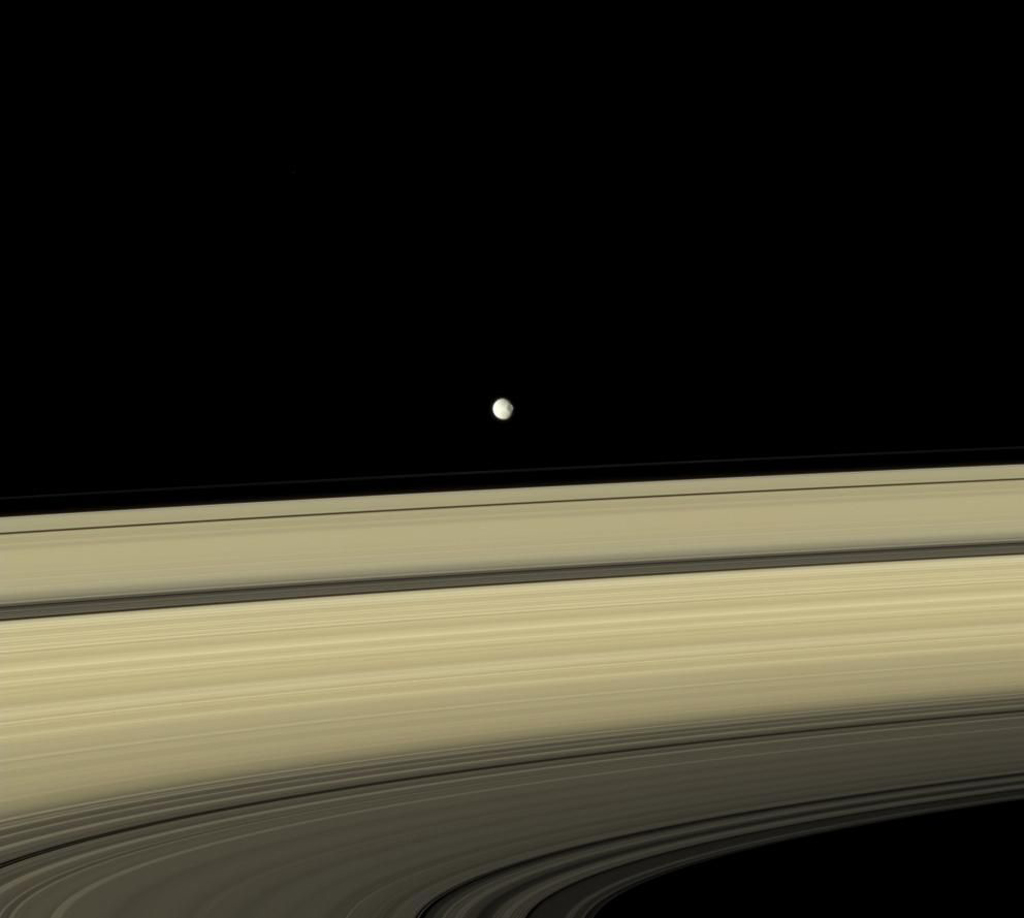
Planetary Picture of the Day
Week of January 9, 2023
An amazing view of the ISS, a star formation, and a typical Monday on Mars.
Monday, January 9, 2023

Credit: Andrew McCarthy
ISS Over Tycho Crater
This is the international space station, in conjunction with Tycho crater, as it transited our moon. This image had to be planned down to the millisecond and captured from a precise location on Earth (a remote spot in the Sonoran Desert). The result is a unique image of modern technology paired with the magnificent desolation of the lunar landscape.
Tuesday, January 10, 2023

Credit: Iurie Belegurschi
Braided Glacial Rivers
When glaciers melt, their runoff contains silt and dirt from the surrounding area. When Icelandic glaciers melt, that runoff also contains volcanic ash. Due to changes in the runoff flow caused by periods of less melting, the glacial rivers will deposit the ash and silt and cause the streams to diverge. The result is called 'braided rivers' because of their intricate, interlaced pattern.
Wednesday, January 11, 2023

Credit: NASA/JPL/Space Science Institute
That's Actually a Moon
Gray Mimas appears to hover above Saturn's colorful rings. The large crater seen on the right side of the moon is named for William Herschel, who discovered Mimas in 1789. The images were acquired with the Cassini spacecraft narrow-angle camera on Sept. 9, 2007.
Thursday, January 12, 2023

Credit: NASA/JPL-Caltech/ASU/Paul Byrne
Just Another Martian Monday
This is a mosaic of four Left Mastcam-Z camera photos taken on Monday, 9 January 2023, by NASA's Perseverance rover at a local mean solar time of 2:10 pm. The color has been balanced to better approximate what you'd see standing there, desperately trying to reattach your helmet. (Thank you, Paul, for the description!)
Friday, January 13, 2023

Credits: NASA, ESA, CSA, O. Jones (UK ATC), G. De Marchi (ESTEC), and M. Meixner (USRA), with image processing by A. Pagan (STScI), N. Habel (USRA), L. Lenkic (USRA) and L. Chu (NASA/Ames)
Early Star Formation
What was star formation like in the early universe? One way to study conditions in the distant past is to find parallels close by. That's why Webb took a look at star-forming region NGC 346 within our neighboring dwarf galaxy.
NGC 346 resides in the Small Magellanic Cloud, which has a composition much closer to that of galaxies from the early universe — when star formation was at its peak. By observing NGC 346, astronomers may learn what early star formation in far-off galaxies might have looked like.
Webb’s sensitivity allows it to see much smaller protostars (baby stars) than previously observed. The telescope can even see the dust in the disks of gas around those protostars, which is a first! Essentially, Webb is seeing the building blocks of not just stars, but also potentially planets. This could lead to learning if rocky planets formed earlier in the universe than we thought.
Read more: https://buff.ly/3H0SDE8





